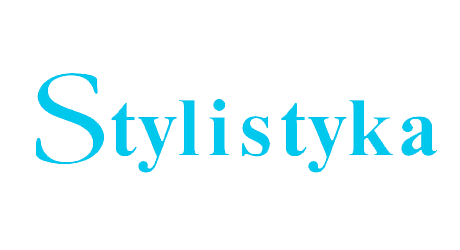

 https://doi.org/10.25167/Stylistyka29.2020.8
https://doi.org/10.25167/Stylistyka29.2020.8
The aim of the article is to analyze the language, form and style which are used by three popular contemporary preachers: Father Adam Szustak, the Rev. Piotr Pawlukiewicz and Archbishop Grzegorz Ryś, in their homilies. The study method applied by the authors in the present work relies on the linguistic-stylistic analysis of three selected homilies (one delivered by each of the three preachers). The analysis of the form of these sermons shows that they possess numerous features of a dialogue, which complies with the thesis that the paradigm of the homily is not a rhetorical speech, but a discussion, that is a dialogue. It is a virtual dialogue consisting in that deliverers of homilies formulate various problems on behalf of their listeners, ask questions about issues which raise commonly recognized doubts. Pondering over the language which predominates in the homilies under analysis reveals that it is a primary spoken language: the speakers deliver their sermons from memory, they do not resort to using notes, do not read particular fragments. A very important role regarding their homilies is played by non-verbal codes that co-create the communication act (gesticulating, mimics, proxemics) as well as paralinguistic components. The spoken variety of language is also closely connected with the communication context. Selection of the dialogue form and the spoken form of language is connected with the dominance of the colloquial style (in its neutral type) over the official one. This is evident in the homilies of all the three preachers, in both flexion and syntax or lexis. The above-mentioned elements: the form of a dialogue, spoken language and colloquial style, cause the preachers’ messages to be spontaneous and direct. These features are met with a good reception on the part of the receivers and can contribute to the popularity of Father Adam Szustak, the Rev. Piotr Pawlukiewicz and Archbishop Grzegorz Ryś.
##plugins.themes.libcom.download_files##
##plugins.themes.libcom.cit_rules##